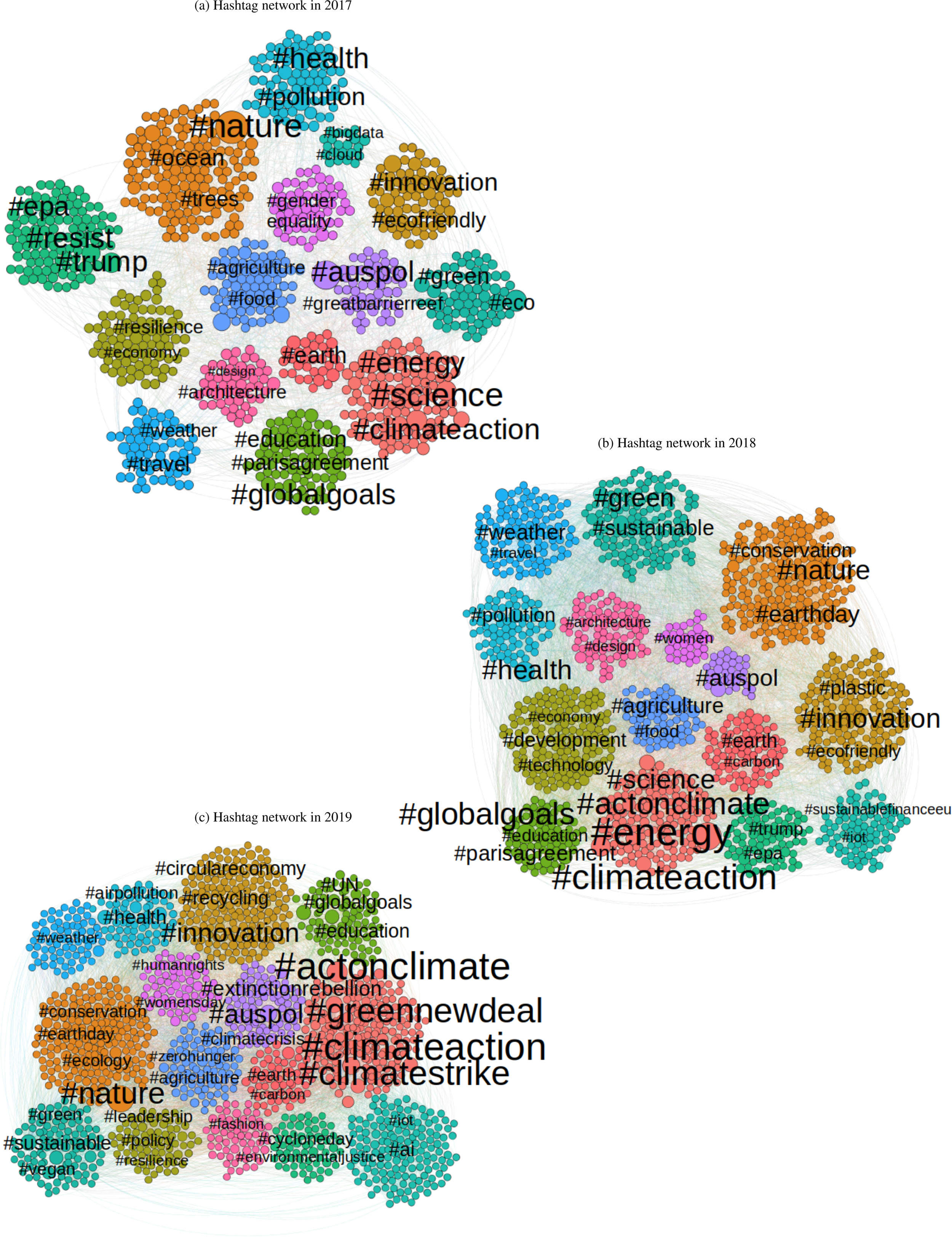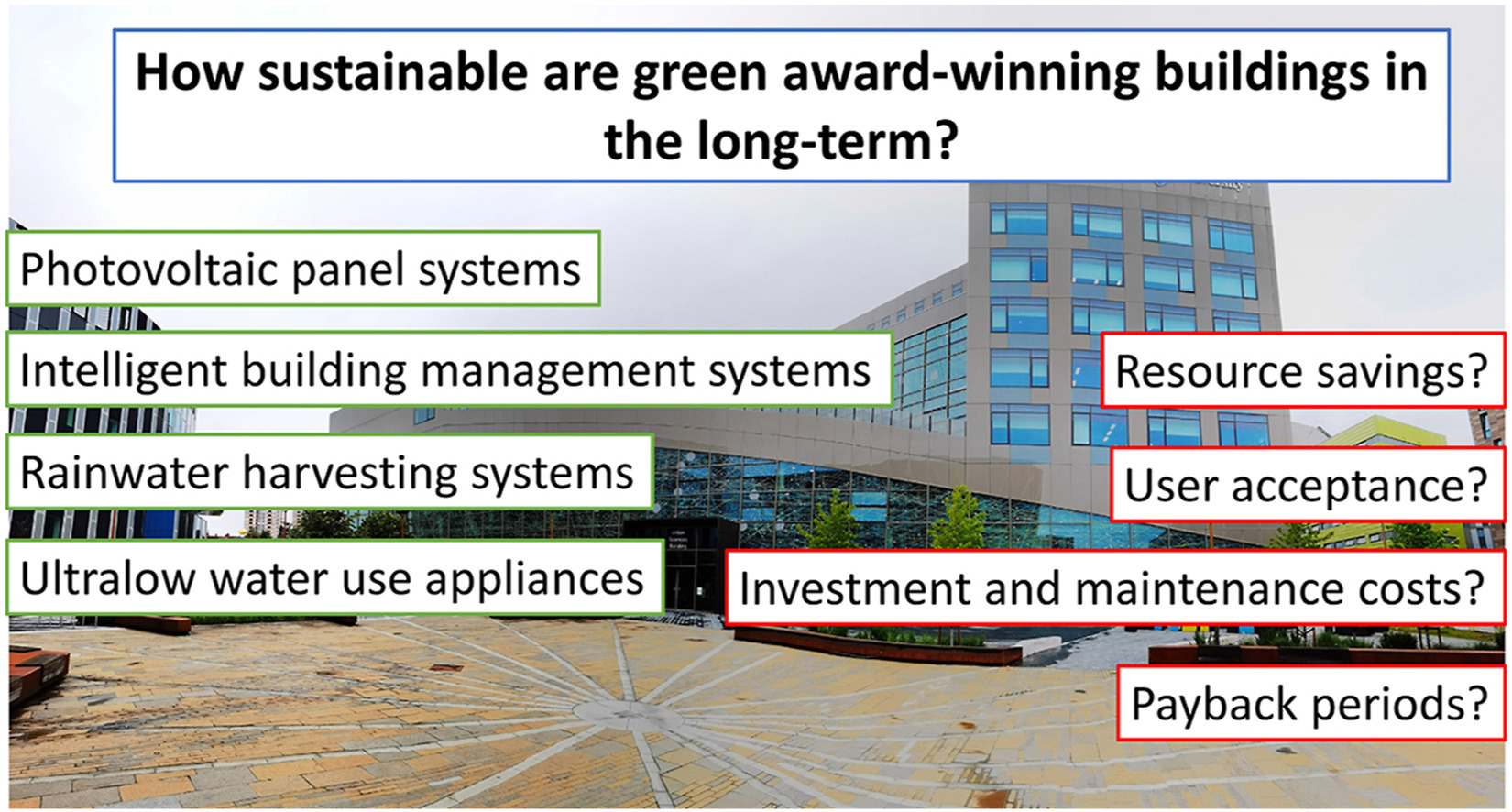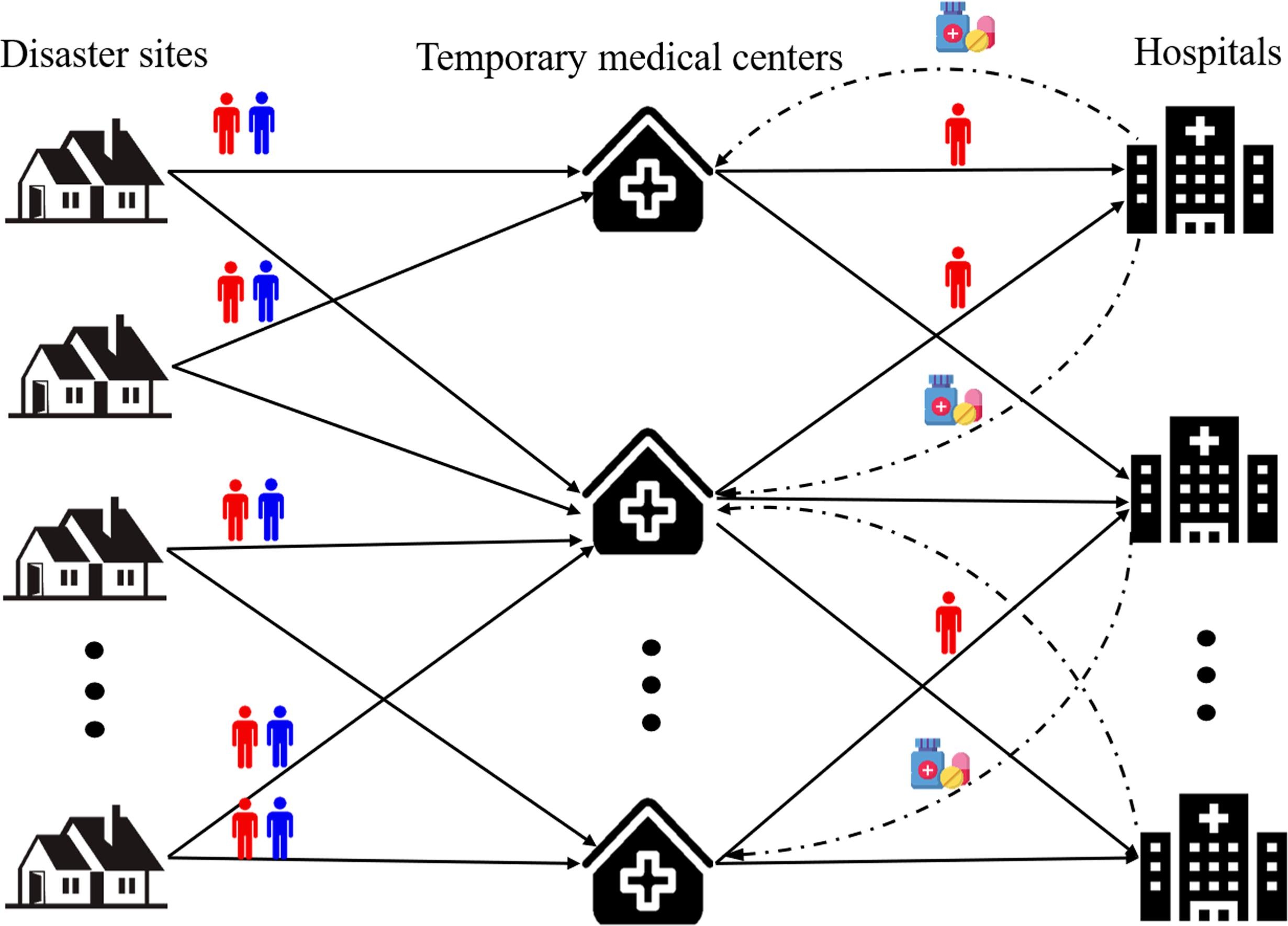Elsevier,
Field Measurements for Passive Environmental Remote Sensing: Instrumentation, Intensive Campaigns, and Satellite Applications, 2023, pp 79-100
This chapter aligns with Goal 14: Life Below Water and Goal 9: Industry, innovation and infrastructure by describing the advancements in scientific data collection capabilities afforded by the innovation and use of oceanographic buoys.
This chapter aligns with Goal 14: Life Below Water and Goal 13: Climate Action by exploring the role of viruses in the marine carbon cycle and describing how advances in marine virus research can improve marine ecosystem models and predictions of the future of marine carbon cycling.
This chapter aligns with Goal 14: Life Below Water and Goal 3: Good Health and Wellbeing by highlighting some of the many beneficial nutritional applications of marine-derived lipids.
This chapter aligns with Goal 14: Life Below Water and Goal 9: Industry, Innovation and Infrastructure by highlighting some of the many beneficial biocomposite applications of marine-derived byproducts.
The rise of #climateaction in the time of the FridaysForFuture movement: A semantic network analysis
Social Networks, Volume , 2022
Two green gown award winning buildings, built in 2004 and 2017, were investigated. Features include rainwater harvesting, sensing and photovoltaic panel systems. Sustainability features delivered only 28–71% of their potential resource savings. The performance gaps were due to technical, human, and economic factors.
This chapter aligns with Goal 14: Life Below Water and Goal 13: Climate Action by exploring the potential of marine renewables, including wind, wave, and solar, for providing long-term sustainable energy sources.
Elsevier, Transportation Research Part E: Logistics and Transportation Review, Volume 157, January 2022
Humanitarian aid in disasters is critical to saving lives and alleviating human suffering. This paper presents a novel scenario-based robust bi-objective optimization model that integrates medical facility location, casualty transportation, and relief commodity allocation considering triage. The proposed model aims to minimize the total deprivation cost of casualties due to the delayed access to medical services and the total operation cost.
Purpose: In this study, we identify and characterise how organisations have responded, in ways ranging from restoration to radical change, to discontinuities in their product-based service (PBS) supply chains during the COVID-19 pandemic.
Mobility as a Service (MaaS) is a recent concept that is gaining momentum in both the scientific world and the private sector. First studies and field trials – essentially conducted in developed countries – suggest that MaaS can influence people's mobility behavior and create more efficient and sustainable transport systems for the future. We intend to contribute to the existing knowledge about MaaS by extending the scope to the context of developing countries where MaaS could be a potential strategy to address existing transport problems.




